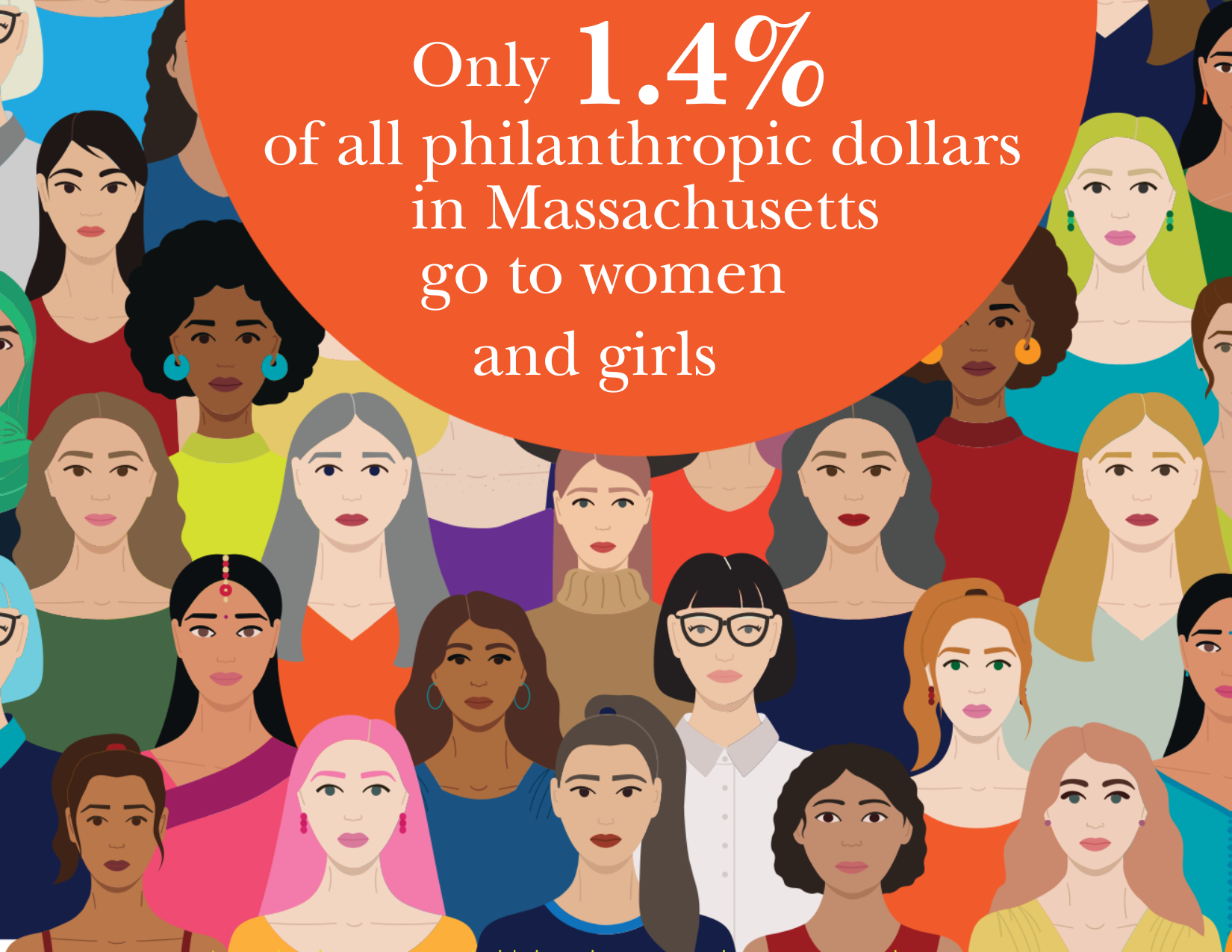 The Massive Underinvestment in Women & Girls
The Massive Underinvestment in Women & Girls
Philanthropic giving to women- and girls-serving organizations represents only 1.9% of donated dollars nationwide. In Massachusetts, this statistic drops even further to 1.4%. This gap is a profound missed opportunity for social and economic advancement that affects everyone.
The Power of Investing in Women and Girls
This underinvestment persists despite overwhelming evidence that such funding delivers exceptional returns:
- Women reinvest 90% of their income back into their families1
- Single mothers with an associate degree will earn $329,500 more working full-time in their lifetime and $610,300 more with a bachelor’s degree than those with only a high school diploma2
- Companies with higher levels of female leadership are more likely to adopt sustainable practices and increase resource efficiency3
The Women’s Foundation of Boston is committed to economically empowering women and girls across the Commonwealth by investing in MA women’s and girls’ nonprofits. When women and girls thrive, entire communities benefit from improved health outcomes, economic growth, and social stability.
However, the numbers show that women and girls are still behind:
- Women make up 29% of C-suite positions in the United States4
- Only 35% of the STEM workforce in the U.S. is female and only 4% of scientists and engineers are Black and Latina women5
- 58% of 9th-12th grade girls report that they do not believe they are smart enough for their dream job.6
Our Approach to Strengthening the Women- and Girls-Serving Ecosystem
Step 1: Outreach
Our Grants team actively researches potential grantees across Massachusetts, learning about new organizations and programs that align with our mission. We carefully review their initiatives, maintaining an up-to-date database of MA women- and girls-serving organizations that focus on economic empowerment. This ongoing outreach allows us to stay informed about emerging opportunities and expand our network of impactful nonprofits.
Step 2: Invite
Our annual grant cycle is invite-only to ensure applicants meet our eligibility criteria. The selected organizations gain access to a comprehensive grant cycle website that outlines request requirements, the application process, and key deadlines. All potential applicants are invited to a webinar conducted by the Grants team, which explains how to apply and what we are looking for in an application.
Prior to applying, applicants have the opportunity to meet one on one with our Grants team to discuss potential funding requests for incremental or new programs. By providing this transparency and open communication, we help potential grantees navigate the application process with clarity and confidence.
“Communication from the Foundation was clear, concise, and readily available. We found the one-on-one pre-LOI to be insightful and informative and helped shape our application” – Past Applicant
Step 3: Vet & Evaluate
Our multi-layered review process for the grant cycle incorporates insights from various Foundation staff across two rounds, applying a business lens to identify programs with the highest impact potential.
- Round 1: The application process formally begins with an applicant submitting an online Letter of Intent (LOI). The Grants team carefully assesses LOIs to evaluate mission alignment, risk, and program need and impact. Successful applicants are invited to submit a full application.
- Round 2A & 2B: Our Grant Cycle Committee uses scorecards to evaluate applications based on program outcomes, leadership experience, and financial strength. During these steps, the committee meets one on one via Zoom with each applicant’s leadership team, including the Executive Director, program staff, and a Board member.
After the two-step process, the Allocations Committee conducts a review of the Grant Cycle Committee’s recommendations, followed by a vote by the Board of Directors to finalize the funding decisions.
For organizations that do not receive funding, we offer feedback calls to provide transparency about our decision-making process and to share constructive insights to help strengthen future proposals, supporting their ongoing efforts to create impact.
Our structured evaluation process guarantees consistency and objectivity, with a focus on maximizing the return on investments in our community. We actively seek feedback from applicants to refine our approach, ensuring we ask the right questions to assess impact more accurately.
“Our data driven analysis and process focuses us on finding high impact growth programs at strong women- and girls-serving nonprofits in the Commonwealth. The iterative selection process involves a robust group of community members who intimately understand our mission to economically empower women and girls. We celebrate and support our grantee partners. Their success is our success!” – Patti Satterthwaite, Chair of the Grant Cycle Committee
Step 4: Invest
We prioritize multi-year grant awards, as research identifies that multi-year funding is more effective and efficient for nonprofit organizations. A long-term funding commitment alleviates fundraising pressures, allowing for more time and resources to be dedicated to impact measurement and sustainable growth.
“Multi-year grants provide a level of financial certainty that is crucial for non-profits. Knowing we will have funding when the timing is right for a new team to join allows us to build a pipeline of potential teams when we start a new recruitment cycle, helping us identify where we can continue to grow over time.” – Cyndi Roy Gonzalez, Executive Director of Girls on the Run Greater Boston
Step 5: Analyze
Twice per year, we review impact with our grantee partners, analyzing financial data, geographic reach, racial demographics, life stage, and program focus. Our follow up forms and check-in calls collect both qualitative and quantitative data, ensuring that metrics are being met.
“Once awarded a grant, we strive to develop strong partnerships with our grantees. We conduct semi-annual check-ins to learn about their successes and coordinate site visits to gain a deeper understanding of their programming. We want our grantees to succeed, so our door is always open to them.” – Annie Tallas, Director of Grants Management
Step 6: Promote
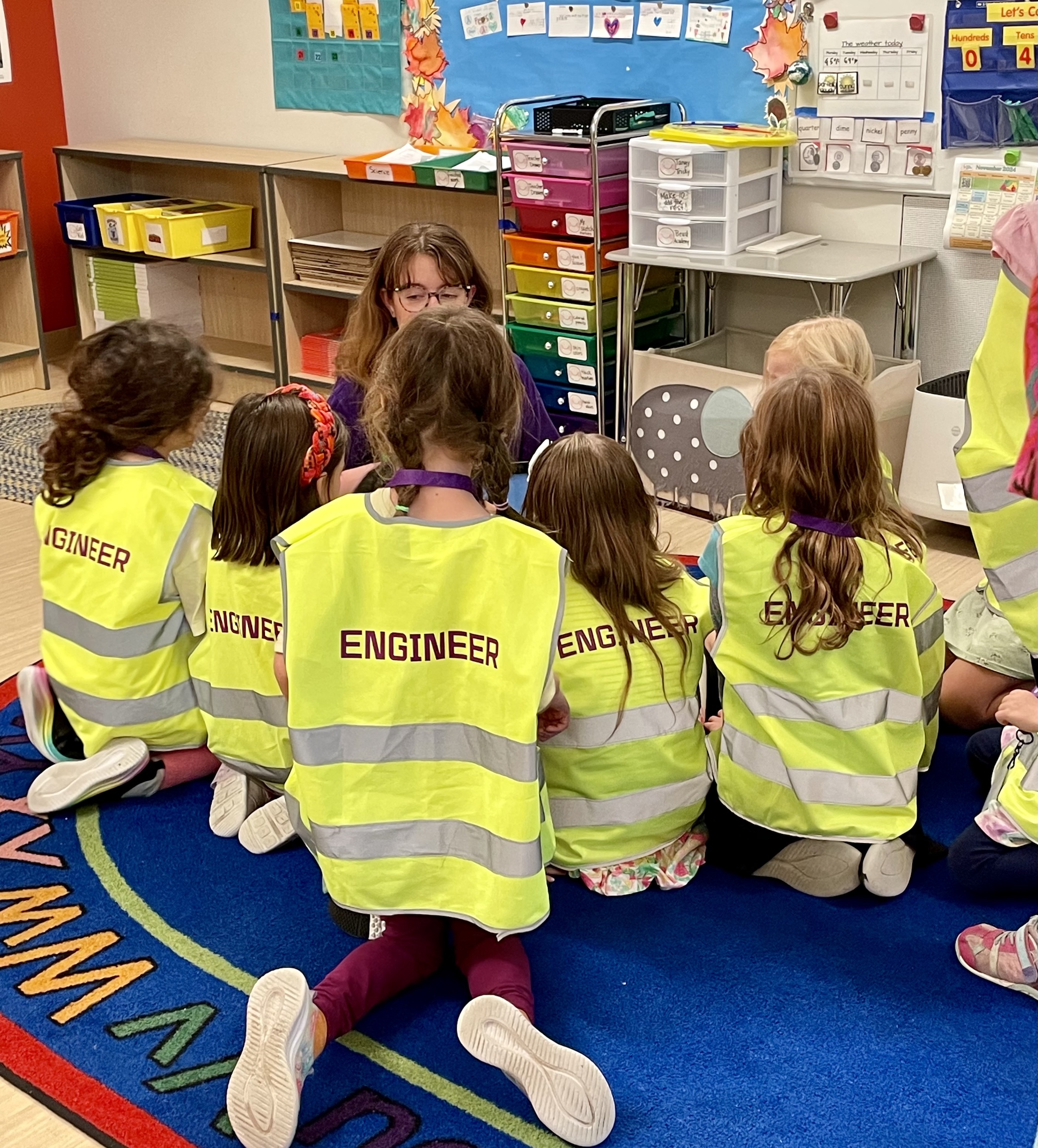
Beyond our multi-year investments, we cultivate relationships with our grantee partners, enabling them to grow strategically and sustainably. Through BoardHub, one of our proprietary programs, we offer consulting services that help strengthen our partners’ leadership and governance by addressing Board composition, assessing and developing recruitment strategies, and transforming Board meetings into effective discussions and debate. Our Grants team promotes collaboration among our nonprofit partners through thoughtful introductions, while also offering guidance on financial health and strategic planning to strengthen the overall effectiveness of the women’s and girls’ nonprofit ecosystem.
“The Foundation has been a true partner to MCA, and there is little here at the school that your organization has not made an impact on. Whether it’s marketing and admissions, STEAM, board development, partner introductions, etc, we are extremely fortunate and grateful to partner with the Foundation” – Mother Caroline Academy
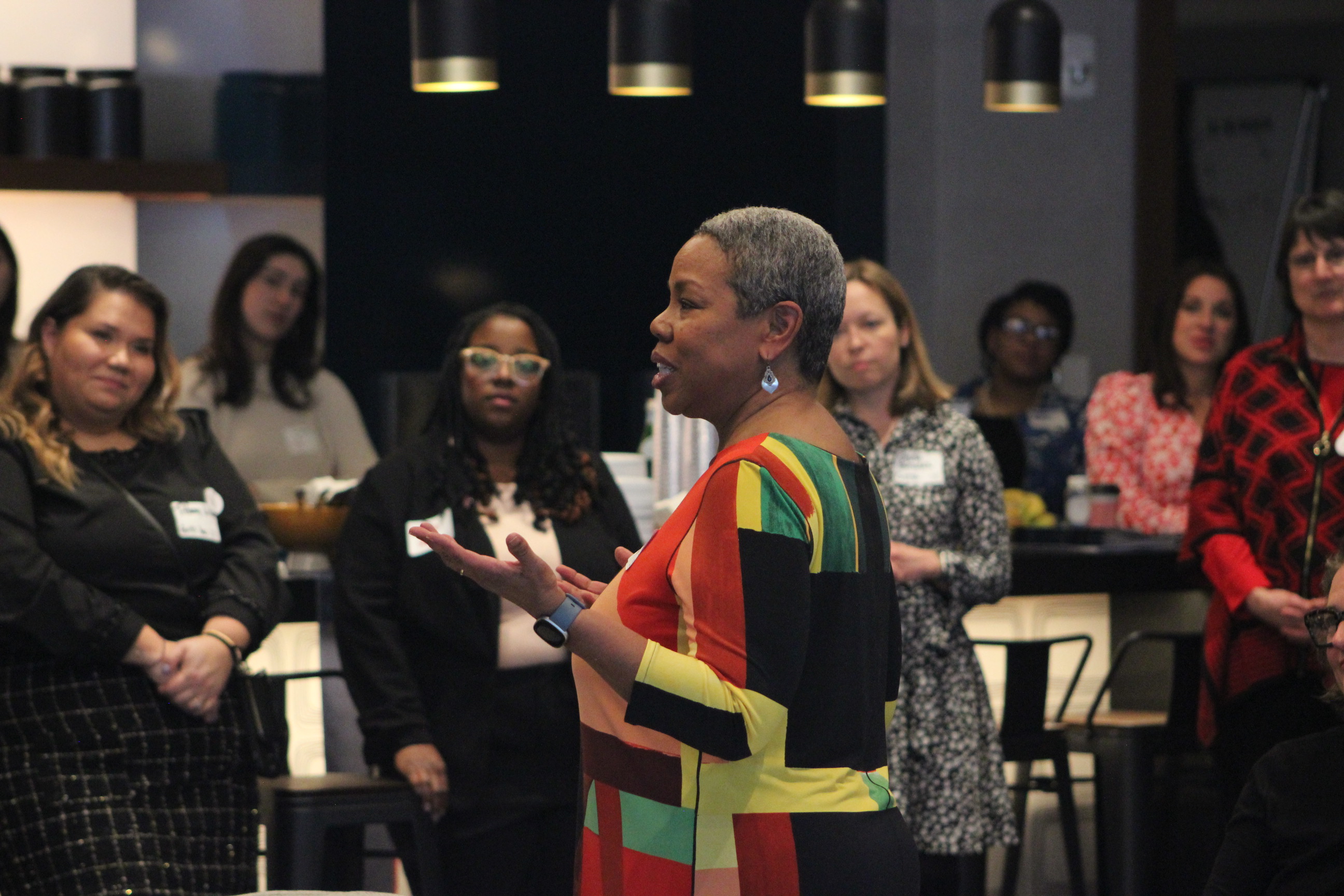
We celebrate and amplify the work of our grantee partners through spotlights on social media, blogs, newsletters, and reports.
Each year, we host a celebratory breakfast, bringing together our grantee partners and Foundation community to share impact stories and network with women- and girls-serving organizations.
Join Our Work!
As we kick off our 8th year of grantmaking, the Women’s Foundation of Boston has awarded $8.5 million to 39 women- and girls-serving organizations across Massachusetts. With the support of our incredible community, we have impacted over 20,000 women and girls. Join us as we continue on this journey of economic empowerment and grow our impact and reach across the Commonwealth!
Sources
1Houston, M. (2024, September 6). Why We Need More Wealth In The Hands Of Women. Forbes.
2Karp, R. (2020, September 9). Why we should invest in Single Mothers’ Higher education. Institute for Women’s Policy Research.
3Biondino, S. (2024, December 16). Women in Leadership Driving the Circular Economy: How Diversity and Sustainability Are Shaping the Future. Kogod School of Business, American University.
4Krivkovich, A., Field, E., Yee, L., McConnell, M., & Smith, H. (2024, September 17). Women in the Workplace 2024: The 10th-anniversary report. McKinsey & Company.
5Taking on diversity challenges, science club for girls expands enrollment 350%. MassNonprofit News. (2024, March 20).
6Hinkelman, L. (2023). The 2023 Girls’ Index by Ruling Our eXperiences. Columbus, OH: Ruling Our eXperiences, Inc.
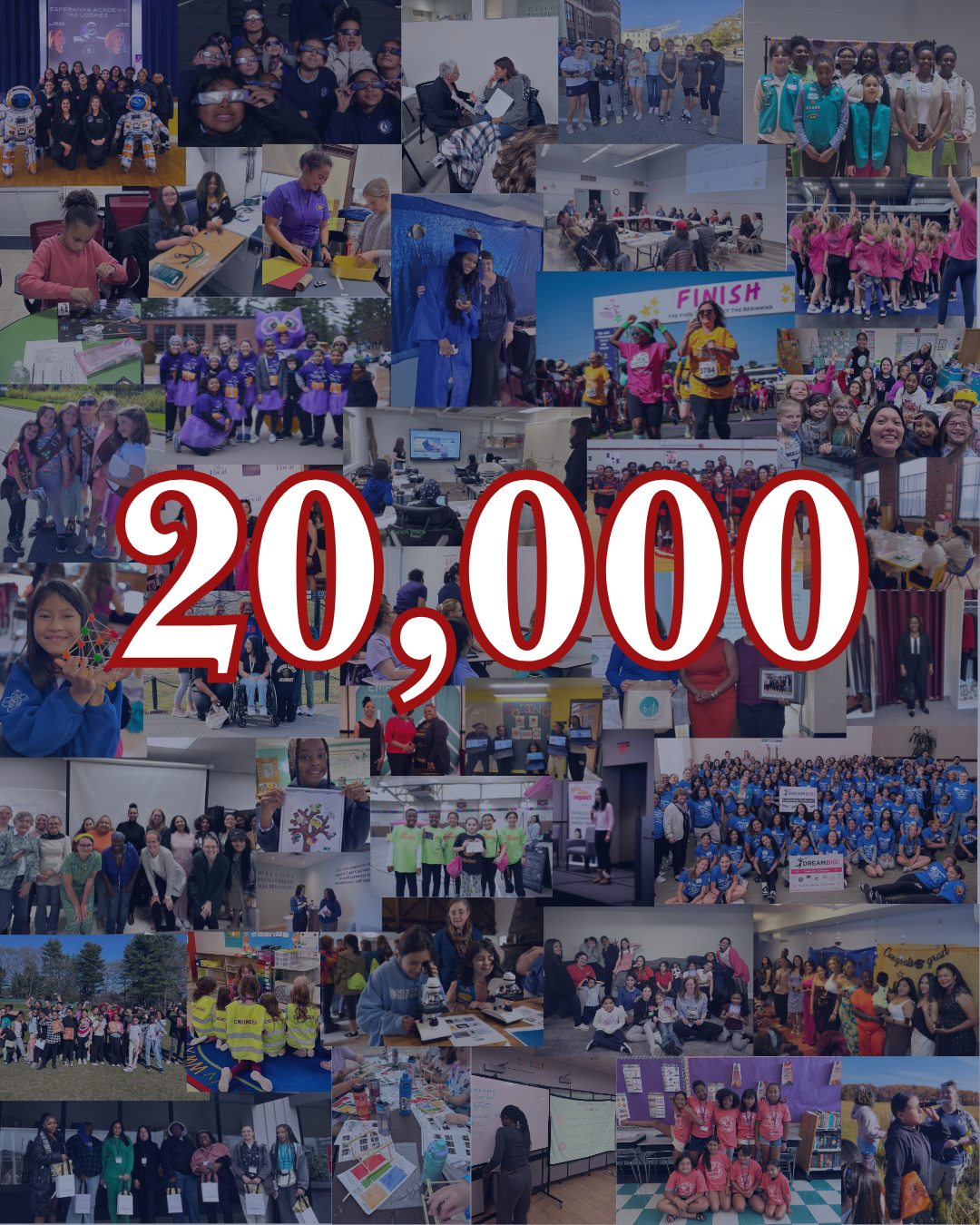
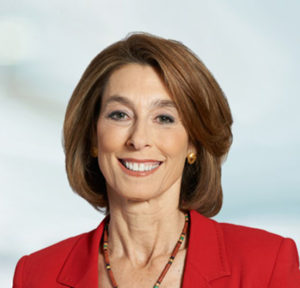 Laurie H. Glimcher, MD, was named President and CEO of the Dana-Farber Cancer Institute in 2016. She is also Director of the Dana-Farber/Harvard Cancer Center and the Richard and Susan Smith Professor of Medicine at Harvard Medical School. Previously, she was the Stephen and Suzanne Weiss Dean and Professor of Medicine of Weill Cornell Medicine and Provost for Medical Affairs of Cornell University. Dr. Glimcher is a distinguished immunologist, widely renowned for her work in one of the most promising areas of cancer research.
Laurie H. Glimcher, MD, was named President and CEO of the Dana-Farber Cancer Institute in 2016. She is also Director of the Dana-Farber/Harvard Cancer Center and the Richard and Susan Smith Professor of Medicine at Harvard Medical School. Previously, she was the Stephen and Suzanne Weiss Dean and Professor of Medicine of Weill Cornell Medicine and Provost for Medical Affairs of Cornell University. Dr. Glimcher is a distinguished immunologist, widely renowned for her work in one of the most promising areas of cancer research.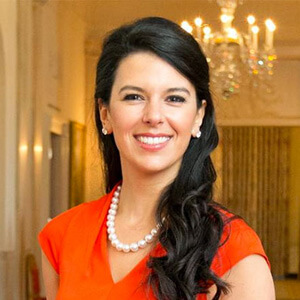 Linda Henry is the CEO of the Boston Globe Media Partners. She is a co-founder of HUBweek, a civic collaboration between the Boston Globe, Harvard University, Massachusetts General Hospital, and MIT that explores the future being built at the intersection of art, science and technology. Linda is also an early-stage impact investor, an Emmy-Award winning television producer with two shows currently airing, and a community activist. She serves as a director of the Red Sox Foundation, is a trustee of the Liverpool Football Club Foundation, chair of the Boston Globe Foundation, and chairman of the John W. Henry Family Foundation. In addition, she is a founder of the Boston Public Market, serves on the advisory board of MassChallenge, and is on the board of the Engine at MIT. She earned a BS from Babson College and her MS from MIT.
Linda Henry is the CEO of the Boston Globe Media Partners. She is a co-founder of HUBweek, a civic collaboration between the Boston Globe, Harvard University, Massachusetts General Hospital, and MIT that explores the future being built at the intersection of art, science and technology. Linda is also an early-stage impact investor, an Emmy-Award winning television producer with two shows currently airing, and a community activist. She serves as a director of the Red Sox Foundation, is a trustee of the Liverpool Football Club Foundation, chair of the Boston Globe Foundation, and chairman of the John W. Henry Family Foundation. In addition, she is a founder of the Boston Public Market, serves on the advisory board of MassChallenge, and is on the board of the Engine at MIT. She earned a BS from Babson College and her MS from MIT.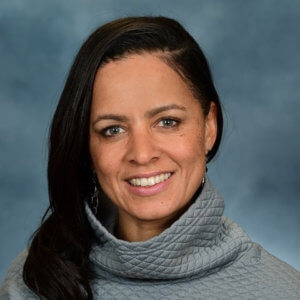 Bekah Salwasser joined the Red Sox Foundation as the Executive Director in January of 2018. She earned her B.A. in Psychology from Brown University and has extensive experience in philanthropy and both professional and semi-professional sports. After four years working as Community Relations Director for the Boston Celtics, Bekah went on to lead Scholar Athletes as its Executive Director, a program that supports public high school athletes with both their athletic and academic achievements. Earlier in her career, Bekah served as a professional soccer player for the Boston Breakers and as Executive Director of the Charlestown Lacrosse and Learning Center.
Bekah Salwasser joined the Red Sox Foundation as the Executive Director in January of 2018. She earned her B.A. in Psychology from Brown University and has extensive experience in philanthropy and both professional and semi-professional sports. After four years working as Community Relations Director for the Boston Celtics, Bekah went on to lead Scholar Athletes as its Executive Director, a program that supports public high school athletes with both their athletic and academic achievements. Earlier in her career, Bekah served as a professional soccer player for the Boston Breakers and as Executive Director of the Charlestown Lacrosse and Learning Center. Kimberly Fay Boucher is a business executive who has driven high performance organizations in technology, consumer products and social enterprise/nonprofit industries over the past 25 years. She is currently the Technology Commercialization Business Leader for the CTO at Analog Devices, where she is responsible for driving new technologies from incubation stages to successful businesses. Kim is also a Senior Lecturer at the MIT Sloan School of Management, where she teaches Disciplined Entrepreneurship in the Martin Trust Center. She holds a BS in Management Industrial Engineering from Worcester Polytechnic Institute and an MBA from Harvard Business School. She is a NCAA Academic All-American Women’s Basketball player and has been inducted into the WPI Hall of Fame.
Kimberly Fay Boucher is a business executive who has driven high performance organizations in technology, consumer products and social enterprise/nonprofit industries over the past 25 years. She is currently the Technology Commercialization Business Leader for the CTO at Analog Devices, where she is responsible for driving new technologies from incubation stages to successful businesses. Kim is also a Senior Lecturer at the MIT Sloan School of Management, where she teaches Disciplined Entrepreneurship in the Martin Trust Center. She holds a BS in Management Industrial Engineering from Worcester Polytechnic Institute and an MBA from Harvard Business School. She is a NCAA Academic All-American Women’s Basketball player and has been inducted into the WPI Hall of Fame. Ami Kuan Danoff (Co-Founder and CFO) is a private investor and the trustee of a foundation. She is a Harvard Quantum Founder and a member of the Harvard FAS Dean’s Council. Ami earned a bachelor’s degree from Harvard University in Visual and Environmental Studies and holds a dual master’s degree in Applied Economics and International Finance from the Sloan School of Management at MIT. She was a portfolio manager in global equities at Putnam Investments and co-manager of the Putnam International New Opportunities Fund, and also worked as an international equities analyst at Fidelity Investments.
Ami Kuan Danoff (Co-Founder and CFO) is a private investor and the trustee of a foundation. She is a Harvard Quantum Founder and a member of the Harvard FAS Dean’s Council. Ami earned a bachelor’s degree from Harvard University in Visual and Environmental Studies and holds a dual master’s degree in Applied Economics and International Finance from the Sloan School of Management at MIT. She was a portfolio manager in global equities at Putnam Investments and co-manager of the Putnam International New Opportunities Fund, and also worked as an international equities analyst at Fidelity Investments. Christina Heenan Suh holds an MBA from Harvard Business School, a bachelor’s degree from the University of Pennsylvania in English and Marketing and a master’s from Columbia University. A former management consultant, her work focused on strategy and implementation projects for Fortune 100 clients. She was also an account executive at Hill+Knowlton (WPP) marketing consumer packaged goods. As an Executive Board Member of the Brookline Education Foundation, which funds professional development in the Brookline Public Schools, Christina led their Grant and Oversight Committees. She currently sits on the board of the Brookline Library Foundation and teaches ESL at Rosie’s Place in Boston.
Christina Heenan Suh holds an MBA from Harvard Business School, a bachelor’s degree from the University of Pennsylvania in English and Marketing and a master’s from Columbia University. A former management consultant, her work focused on strategy and implementation projects for Fortune 100 clients. She was also an account executive at Hill+Knowlton (WPP) marketing consumer packaged goods. As an Executive Board Member of the Brookline Education Foundation, which funds professional development in the Brookline Public Schools, Christina led their Grant and Oversight Committees. She currently sits on the board of the Brookline Library Foundation and teaches ESL at Rosie’s Place in Boston. Christina Gordon (Co-Founder and CEO) holds a dual master’s degree in International Finance and Applied Economics from MIT’s Sloan School of Management. She earned her bachelor’s degree from Boston University and also studied for a joint master’s degree in Women’s Studies and Sociology at Brandeis with a focus on women in the workplace. Christina is a former assistant fund manager and technology industry equity analyst at Wellington Management. She also worked as a stock analyst at Fidelity Investments. She is a trustee of a private foundation, a member of Women Moving Millions and currently sits on the board of Rosie’s Place, a sanctuary for poor and homeless women in Boston.
Christina Gordon (Co-Founder and CEO) holds a dual master’s degree in International Finance and Applied Economics from MIT’s Sloan School of Management. She earned her bachelor’s degree from Boston University and also studied for a joint master’s degree in Women’s Studies and Sociology at Brandeis with a focus on women in the workplace. Christina is a former assistant fund manager and technology industry equity analyst at Wellington Management. She also worked as a stock analyst at Fidelity Investments. She is a trustee of a private foundation, a member of Women Moving Millions and currently sits on the board of Rosie’s Place, a sanctuary for poor and homeless women in Boston.